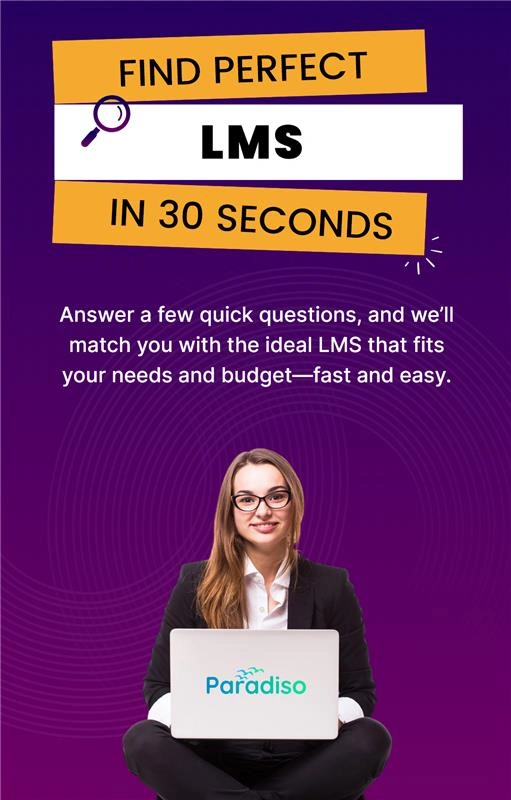Creating a blended learning strategy involves several steps. Each step helps you identify the needs of your organization and the learning goals of your employees. Here’s how you can build your blended learning strategy:
Step 1: Identify Learning Goals and Audience Needs
Before designing any learning program, it’s crucial to understand what your organization wants to achieve and who your learners are. Assess your training needs, identify gaps in skills, and define clear learning goals. Understanding the specific requirements of different learner groups (e.g., managers, entry-level employees, or technical teams) will also help shape the content and delivery methods.
Step 2: Choose the Right Blend
The next step is to decide how much of your program will be online and how much will be delivered in-person. A blended learning program should strike a balance between both formats, depending on the complexity of the content and the objectives. For example:
Complex, interactive content (e.g., soft skills development, leadership training) may benefit more from in-person interaction.
Technical training, certifications, and compliance courses may be more effective with online learning.
Step 3: Select Your Tech Stack
Choosing the right technology stack is crucial for a successful blended learning strategy. Key tools include:
Learning Management System (LMS): Helps track and deliver online training content.
Collaboration Tools: Platforms like Zoom, Microsoft Teams, or Slack can support in-person sessions and virtual collaboration.
Content Creation Tools: Software like Articulate or Adobe Captivate can help you create engaging eLearning modules.
Step 4: Design the Curriculum
Once you have the right mix of online and in-person learning, it’s time to design the curriculum. A blended learning program should be structured in a way that makes it easy for employees to move between both formats. Ensure that your content is modular, so it can be easily consumed both online and in-person.
Step 5: Train the Trainers and Prepare the Learners
Trainers must be comfortable with both online and classroom delivery methods. Provide them with training on how to leverage LMS tools, integrate online learning with classroom sessions, and engage learners across both formats. Additionally, prepare your learners by setting expectations and guiding them through the blended learning process.
Step 6: Deliver and Monitor
The delivery phase is where the learning actually happens. Roll out your blended learning program, ensuring that both online and in-person components are working seamlessly. Use data from your LMS to monitor learner progress and engagement. This will allow you to adjust the pace and content as needed.
Step 7: Analyze and Iterate
After completing the program, gather feedback from learners and instructors. Analyze your data to determine what’s working and what needs improvement. This will allow you to iterate on your program, making adjustments for future cohorts to optimize learning outcomes.













